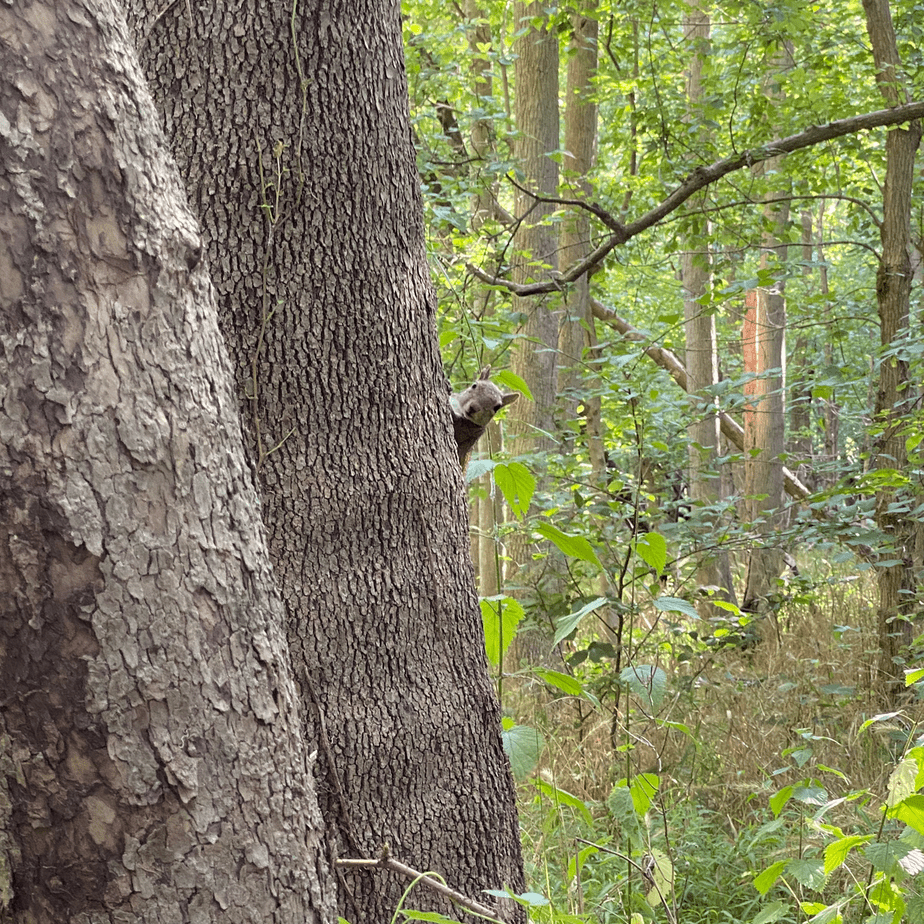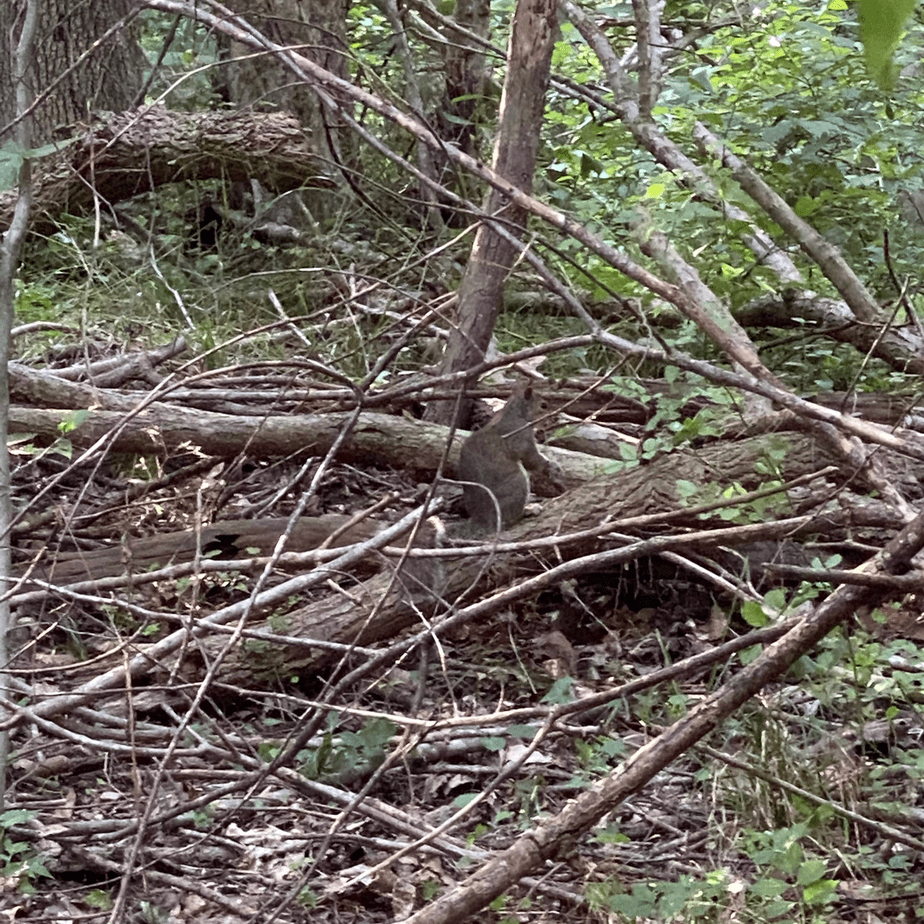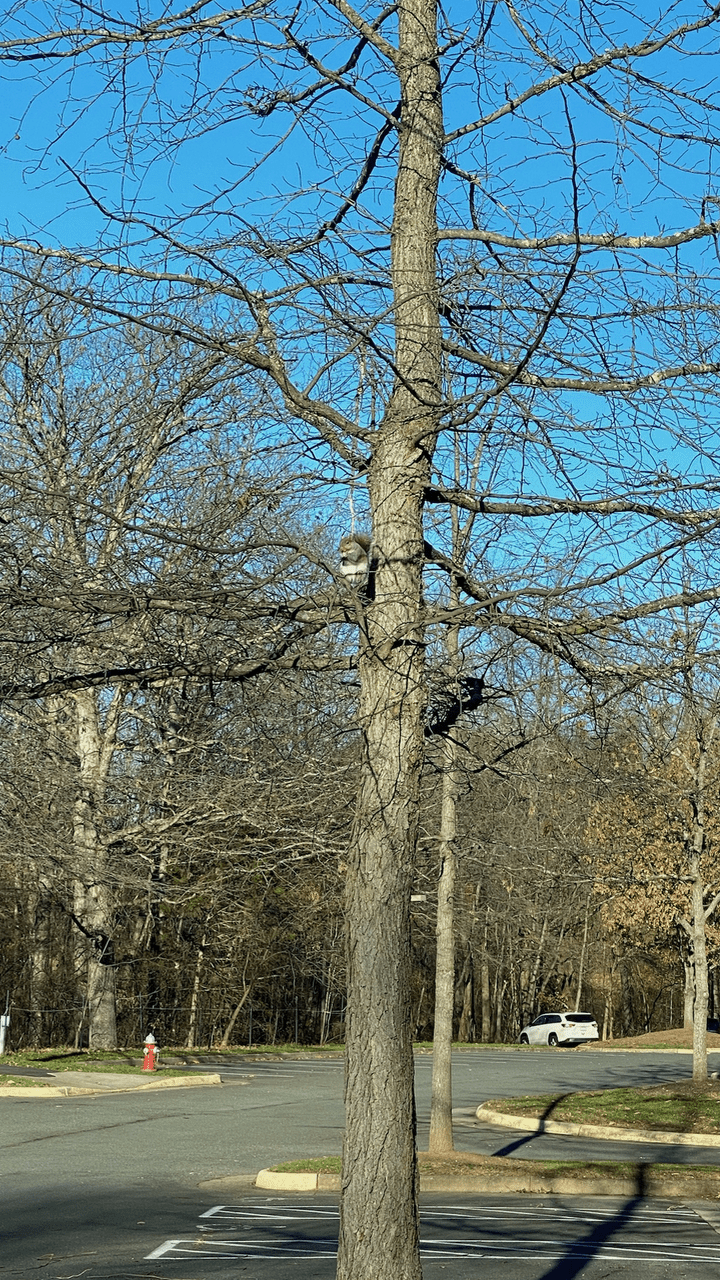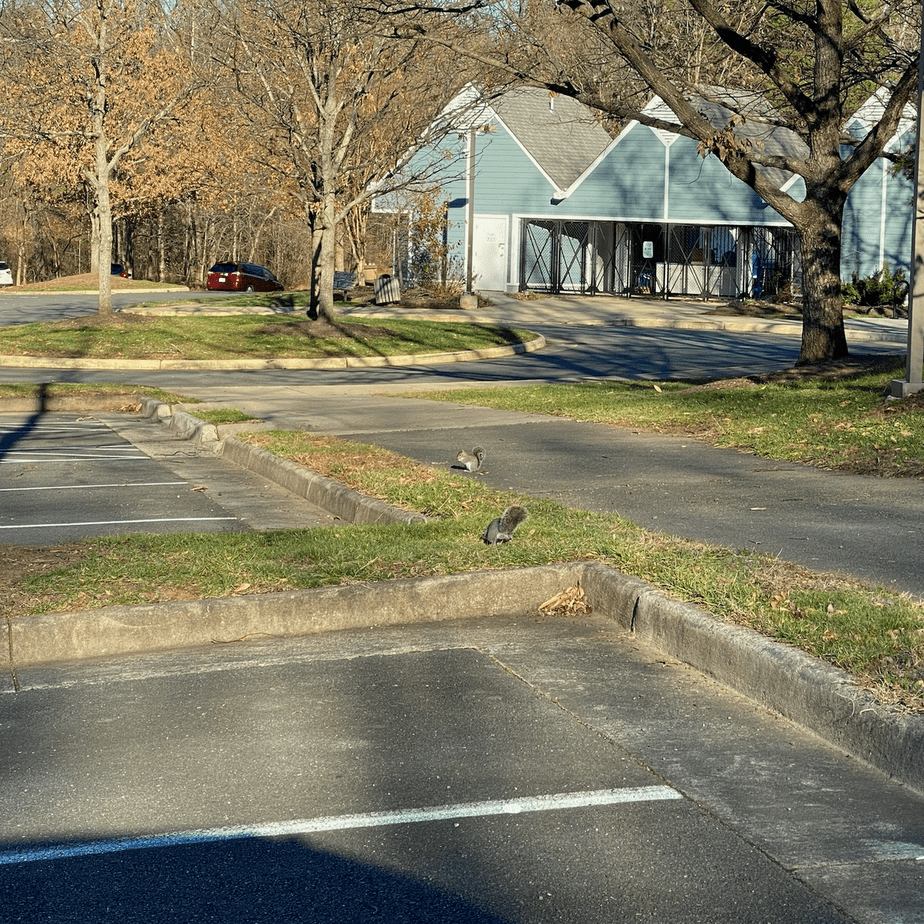Eastern gray squirrels are everywhere! I thought it would be fun to do a post on them. What I didn't realize is how difficult they are to photograph. I am under no pretense that these photos are good. It just shows that I don't use stock photos. Read on to find out more about these crafty little critters.
Where do Eastern Gray Squirrels Live?
Eastern gray squirrels are found from the middle of the US to the east coast, south to Florida and Texas, and north to Canada. Within these areas, they usually live in forests. Wooded areas provide these animals with food and protection. However, they do not need a large forest. They also live in parks, and they venture into populated areas. They clearly are adapted to an urban environment.
Physical Characteristics of the Eastern Gray Squirrel
Eastern Gray Squirrels vary quite a bit in size. They can be between 14-21 inches in length. Their tails can be 7-10 inches long. This can make them seem bigger than they really are. They have fairly large ears that are an inch or more long. Even though they are relatively long, they usually only weight between three quarters and a pound and a half long.
As you would expect, these little rodents are usually gray in color with white and brown highlights. The hair is short, except for the long bushy tail.
What Do they Eat?
Eastern Gray Squirrels eat nuts, seeds, buds, and flowers of a variety of plants. As a result of their diet, the forest is a great place to live. To save their food for winter, they bury it in a variety of locations. They are able to remember and find their food stores because they have an excellent sense of smell. They a hard workers. As a result, they usually hide more food than they eat. Consequently, this helps disperse a variety of nuts and seeds. When spring comes, the nuts and seeds that were not eaten germinate.
How Do They Communicate?
First, they also use their excellent sense of smell to detect other squirrels. Second, they make a variety of sounds. I am sure that their sounds are complicated, and some probably signal danger. They seem to make load sounds when I unexpectedly encounter them in the woods. Finally, they use body movements. I guess all of that tail flicking and jerking is not just because they are twitchy!
Find out more at National Geographic for Kids or iNaturalist.



